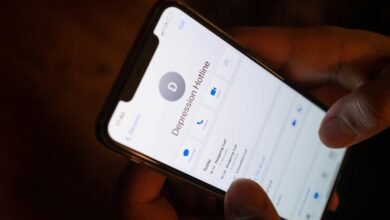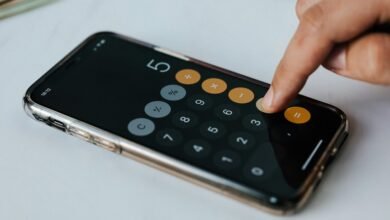Examine Caller Patterns 3519229452 3384029017 3509808603 3892109604 3248665012 3294855635

Analyzing the caller patterns of the specified phone numbers offers valuable insights into communication dynamics. Each number presents unique frequency and timing characteristics. By examining these trends, one can distinguish between legitimate calls and potential scams. Understanding the demographics associated with these calls may further clarify calling behaviors. However, the implications of these findings extend beyond mere statistics, raising questions about the broader impact on personal security and communication practices.
Overview of Caller Patterns
Caller patterns represent the systematic behaviors exhibited by individuals when engaging in telephone communications.
Analysis reveals that caller demographics significantly influence these patterns, including age, gender, and socioeconomic status.
Additionally, regional trends emerge, showcasing how geographical location impacts calling frequency and preferences.
Understanding these elements is crucial for those valuing autonomy in communication, as they highlight the diverse motivations behind telephone interactions.
Analysis of Each Phone Number
When analyzing individual phone numbers, it’s essential to consider various factors that can affect communication patterns and behaviors associated with each number.
Caller demographics play a crucial role, as age and location can influence call duration and frequency. Understanding these elements allows for a deeper insight into the dynamics of each number, revealing significant trends that may impact overall communication effectiveness.
Frequency and Timing of Calls
Analyzing the frequency and timing of calls provides critical insights into communication patterns that extend beyond individual phone numbers.
Call duration and peak hours reveal significant trends in caller behavior. Frequent calls during specific periods may indicate urgency or importance, while longer durations could suggest deeper conversations.
Understanding these patterns empowers individuals to make informed decisions regarding their communication preferences and priorities.
Identifying Potential Scams and Legitimate Calls
How can individuals distinguish between legitimate calls and potential scams in an era of increasing phone fraud?
Recognizing scam indicators is essential. Common signs include unsolicited requests for personal information, urgency in the caller’s tone, and unfamiliar numbers.
Conversely, legitimate sources typically provide clear identification and contact information.
Awareness of these factors empowers individuals to make informed decisions and safeguard their personal information.
Conclusion
In conclusion, the examination of caller patterns for the specified phone numbers reveals a complex web of communication behaviors, akin to the intricate threads of a spider’s web. By analyzing call frequency, timing, and demographics, one can discern legitimate interactions from potential scams. This analytical approach not only enhances the security of telephone communications but also empowers individuals to navigate their calling landscape with greater awareness and informed decision-making.





